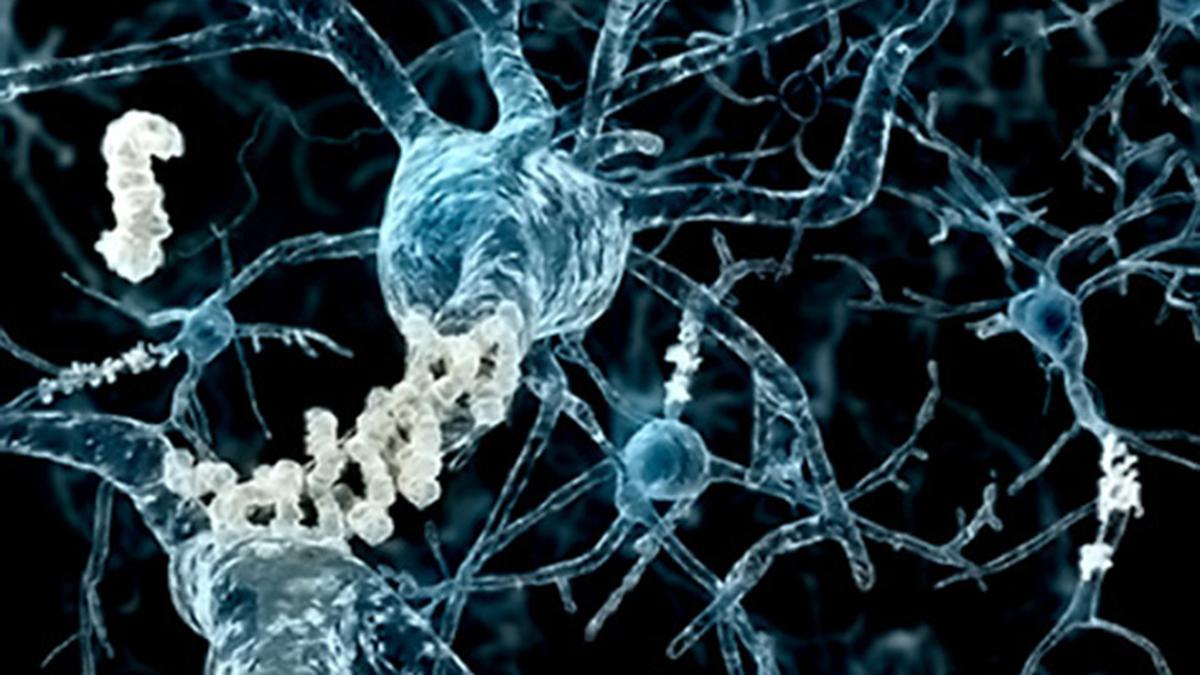Context
-
Synthetic biology involves engineering tissues and living cells to behave like mechanical machines.
-
This makes it possible to design cell-based therapies, such as ones that destroy cancer cells or encourage tissue regeneration after injury.
Key Details
- The traditional approach to this is identifying certain proteins and exciting, or silencing, the genes that make those proteins to produce a desired action within a cell.
- This approach can take time (for proteins to be expressed and degrade) and cost cellular energy in the process. However, a new approach is on the horizon.


Photo Credit: The Hindu - Preliminary research suggests it is possible to engineer proteins that directly produce a desired result.
- Protein-based devices, or nano-computing agents, respond directly to stimuli (inputs) and then produce a desired action (outputs).
- To create such agents, the researchers first engineered a target protein by integrating two sensor domains, aka areas that respond to stimuli.
- In this case, the target protein responds to light and a drug called rapamycin by adjusting its orientation, or position in space.
- The engineered proteins were injected into live cells in culture.
- By exposing the cultured cells to the stimuli, they used equipment to measure changes in cellular orientation after cells were exposed to the sensor domains’ stimuli.
- Early approaches to designing nano-computing agents required two inputs to produce one output.
- Now, it is possible to design them in a way to produce two possible outputs, which depend on the order the inputs are received.
- If rapamycin is detected first, followed by light, the cell will adopt one angle of cell orientation, but if the stimuli are received in a reverse order, then the cell adopts a different orientation angle.
- Though still an experimental proof-of-concept, it opens the door for the development of more complex nano-computing agents.
Source: TH
